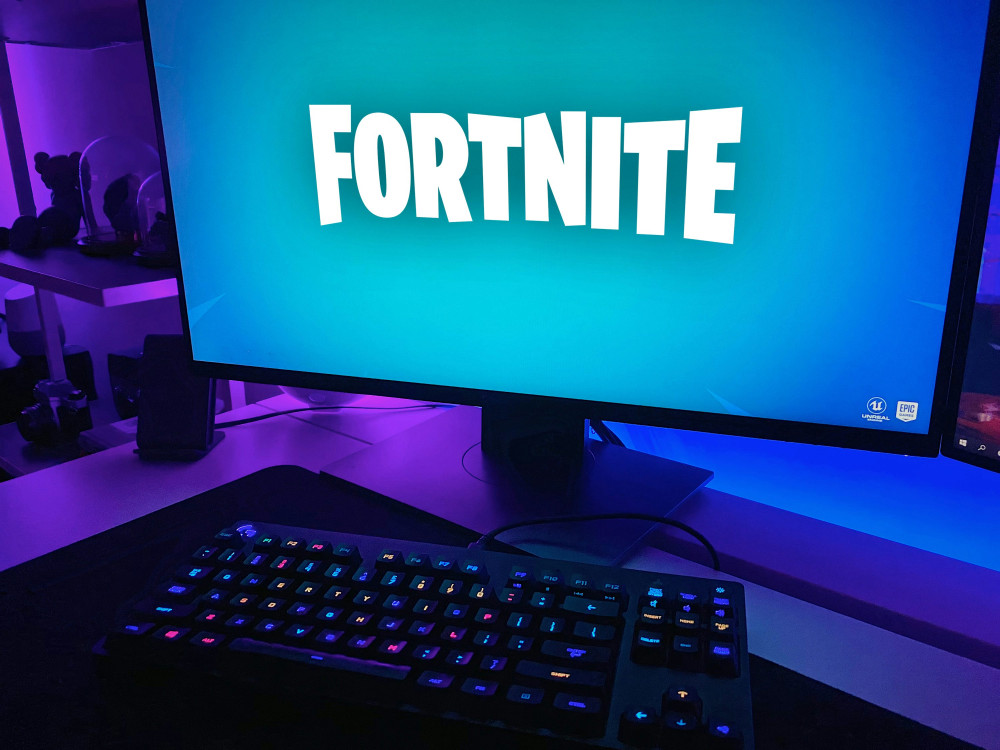
How Much Does Fortnite Make On Skins
Introduction to Fortnite and Its Revenue Model
Launched in 2017, Fortnite quickly became a cultural phenomenon, captivating millions of players worldwide. Developed by Epic Games, this battle royale game stands out not only for its engaging gameplay and vibrant graphics but also for its unique approach to monetization. While Fortnite is free to play, it generates substantial revenue through in-game purchases, particularly skins. Skins, or cosmetic items that alter the appearance of characters and weapons, are a key component of Fortnite's financial success. This article will explore the revenue generated from skins in Fortnite, the factors influencing their sales, and the overall impact on the game's economy.
The Popularity of Skins in Fortnite
Skins have become a defining feature of Fortnite, appealing to a wide range of players. They allow users to express their individuality and creativity within the game. The allure of unique and often limited-time skins drives players to invest real money in their digital personas. Epic Games has cleverly leveraged this desire for customization by introducing new skins regularly, often tied to events, collaborations, or seasonal updates. The anticipation surrounding new skins helps maintain player engagement and encourages spending.
Revenue Estimates from Skins
Estimating how much Fortnite makes from skins is complex due to the lack of disclosure from Epic Games. However, various analyses and reports have attempted to gauge the figures. It is widely believed that a significant portion of Fortnite's revenue, which was reported to be over $9 billion in its first two years, comes from cosmetic sales, particularly skins. On average, a skin can cost anywhere from $5 to $20, and with millions of active players, even a small percentage making purchases can lead to massive earnings.
The Economics of Skins
To understand the revenue generated from skins, one must consider the economics at play. Fortnite operates on a microtransaction model, where players can buy V-Bucks, the in-game currency, to purchase skins and other items. This model allows for relatively low-priced items that can entice a large number of players to make purchases. For instance, if just 1% of Fortnite's player base of 400 million buys a $10 skin, that results in $40 million in revenue from a single skin release.
Limited-Time Offers and Seasonal Skins
One of the strategies Epic Games employs to drive skin sales is the introduction of limited-time offers and seasonal skins. For example, during special events, such as Halloween or Christmas, unique skins are released that are only available for a short period. This sense of urgency encourages players to make purchases quickly, knowing that they may miss out on the opportunity. Additionally, collaborations with popular franchises like Marvel, Star Wars, and various music artists have resulted in exclusive skins that further enhance the game's appeal.
Player Engagement and Retention
Skins do more than just generate revenue; they play a crucial role in player engagement and retention. The constant introduction of new cosmetics keeps the game fresh and exciting. Players are more likely to return to Fortnite if they know there will be new skins to collect. Furthermore, the social aspect of showcasing skins to friends and in-game can drive competition and community involvement, which reinforces player loyalty.
Market Dynamics and Competitor Analysis
The success of Fortnite's skin sales has led to a shift in how other games approach monetization. Many battle royale games have adopted similar models, introducing their own skins and cosmetics to compete for player attention and spending. However, Fortnite remains a leader in this space, partly due to its innovative marketing strategies and the quality of its cosmetic offerings. By continuously evolving its product line, Fortnite sets a high bar for competitors.
Psychological Factors Influencing Skin Purchases
Understanding the psychology behind skin purchases is essential to grasping Fortnite's revenue model. Players often feel a sense of pride and accomplishment when they acquire rare or unique skins. This desire for status within the gaming community can drive players to make impulsive purchases. Epic Games taps into this psychology by creating exclusive skins that are highly sought after, further driving up demand and sales.
Community and Creator Influence
The Fortnite community plays a significant role in influencing skin purchases. Streamers and content creators often showcase new skins, creating hype and excitement around their release. The visibility provided by these influencers can lead to increased sales as their audiences are inspired to emulate their favorite players. Additionally, community feedback often shapes the direction of future skin designs, making players feel more connected to the game's development.
The Future of Skins in Fortnite
As Fortnite continues to evolve, so too will its approach to skins and cosmetics. The introduction of new technologies, such as augmented reality and virtual reality, may open up new avenues for customization. Furthermore, the growing interest in blockchain technology and NFTs (non-fungible tokens) could influence how skins are bought, sold, and traded in the future. Epic Games has the opportunity to lead the charge in these areas, potentially increasing revenue from skins even further.
Fortnite's success in generating revenue from skins is a testament to the game's innovative approach to monetization and player engagement. By continually offering new and exciting cosmetic options, Epic Games has tapped into a lucrative market that keeps players invested in their digital identities. As the gaming industry evolves, Fortnite will likely adapt and explore new ways to enhance its skin offerings, ensuring that it remains at the forefront of player engagement and revenue generation.
The fascination with skins in Fortnite goes beyond mere cosmetic changes; it reflects a broader trend in gaming where personalization and community involvement drive spending. As players continue to seek ways to express themselves in-game, the demand for unique skins is unlikely to diminish, making it a vital aspect of Fortnite's ongoing success.


